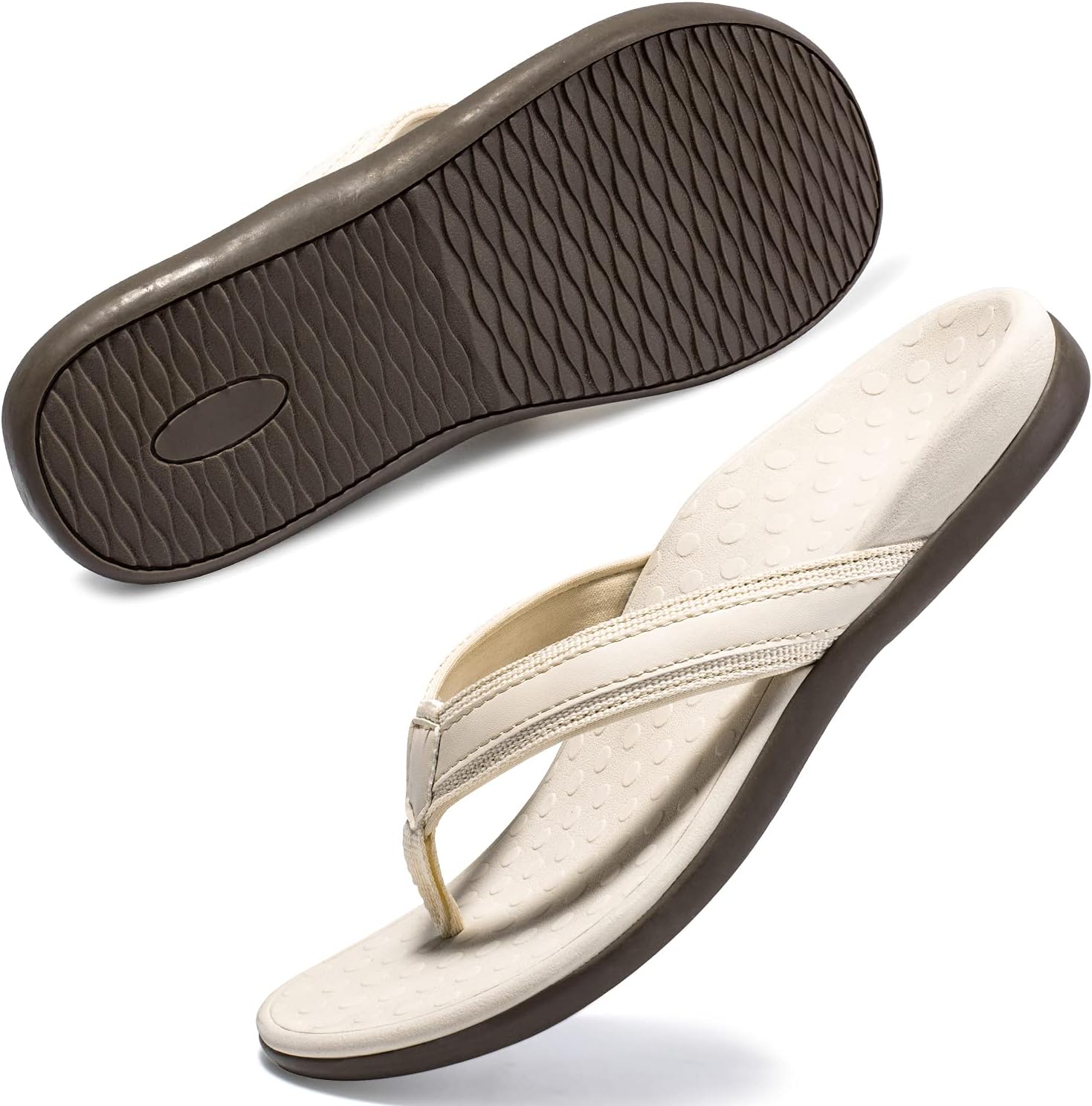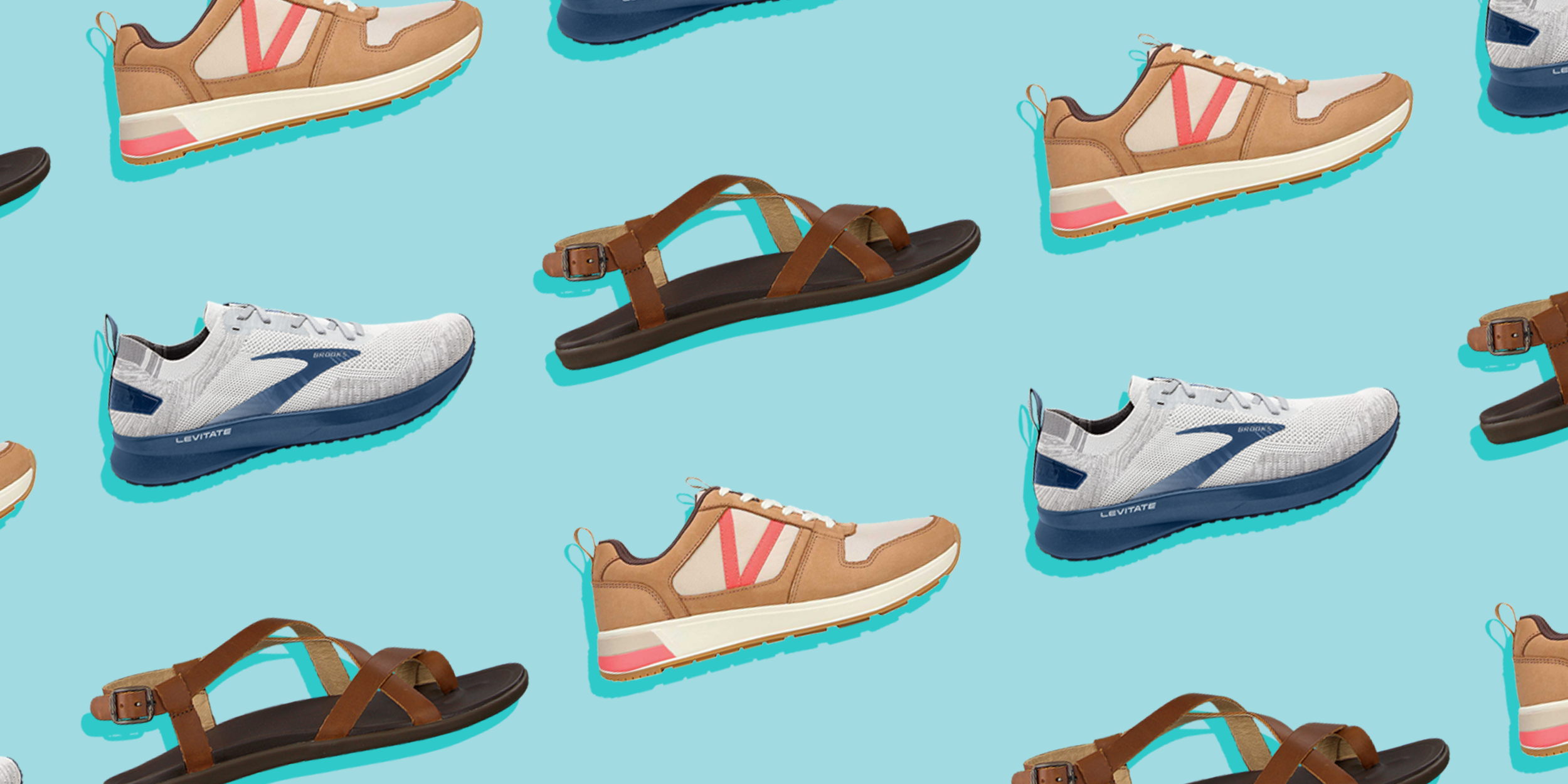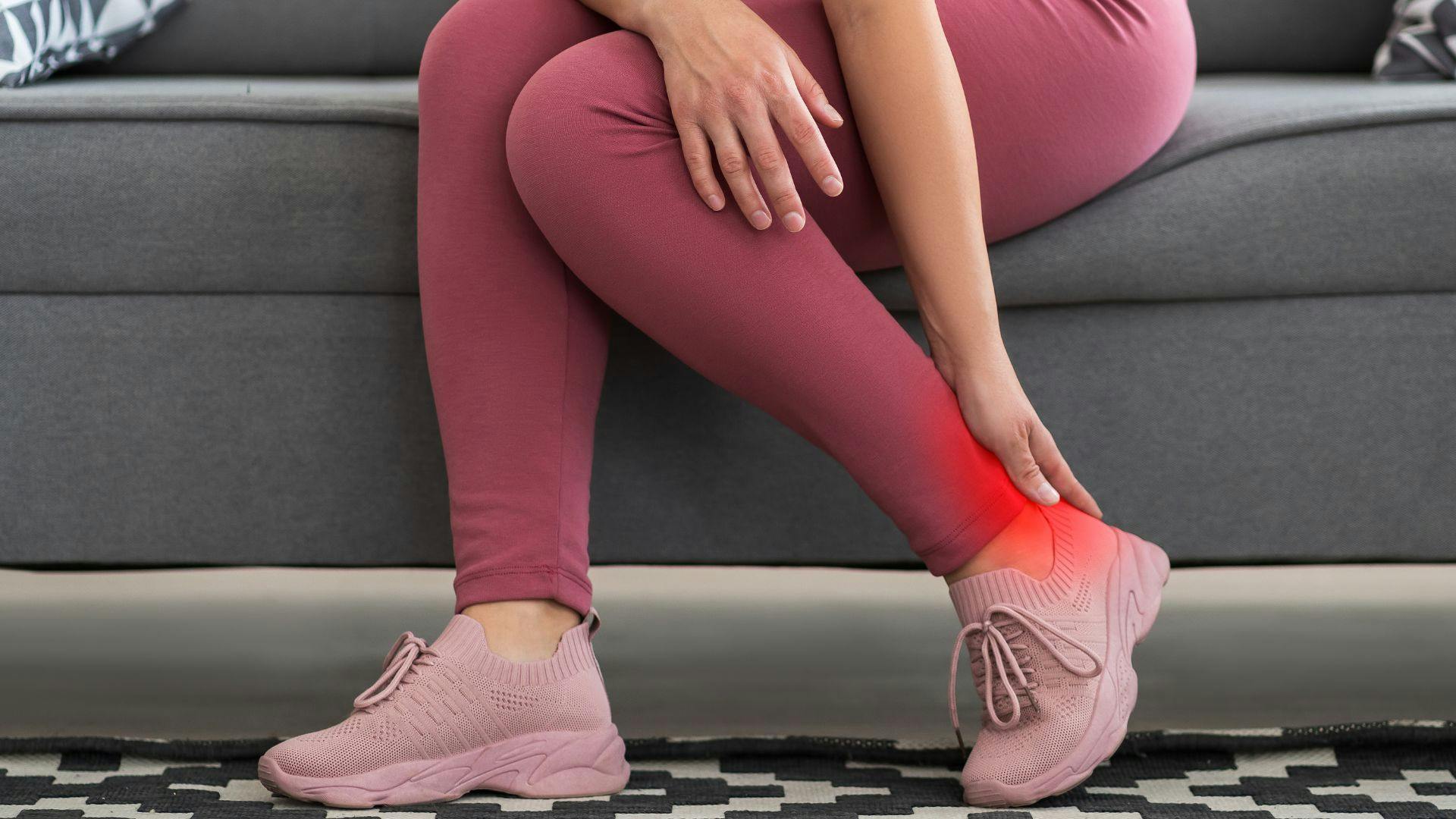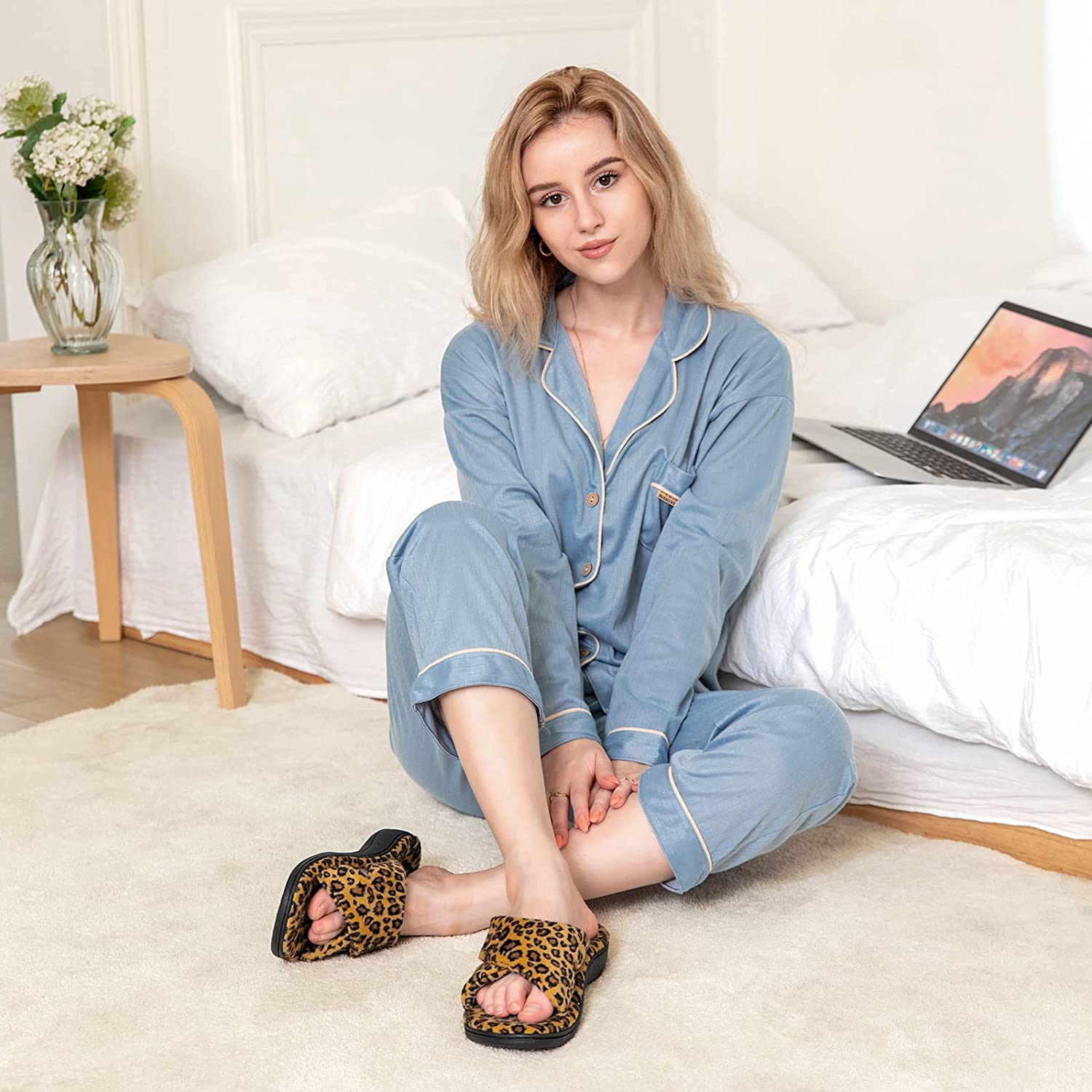Introduction
Plantar fasciitis, a common yet debilitating condition affecting the thick band of tissue connecting the heel to the toes, can make even the simplest tasks feel arduous. The quest for comfortable footwear, particularly slippers for home use, becomes paramount for those seeking respite from this nagging heel pain. Fear not, as we delve into a comprehensive guide outlining the best women’s slippers designed specifically to alleviate plantar fasciitis discomfort, ensuring ultimate relaxation with every step.

Understanding the Need: Supportive Features
When selecting slippers for plantar fasciitis, key features such as arch support, cushioning, and a contoured footbed are non-negotiable. Look for slippers that incorporate:
- Arch Support: Proper arch support helps distribute weight evenly, reducing stress on the plantar fascia and alleviating pain.
- Deep Heel Cupping: This feature cradles the heel, providing stability and minimizing pronation (rolling inward of the foot), a common culprit behind plantar fasciitis flare-ups.
- Ample Cushioning: Dense, shock-absorbing materials underfoot can significantly reduce impact and pressure on the heel.
- Adjustable Fit: Slippers with adjustable straps or closures allow for a customized fit, ensuring optimal support throughout the day.
Top Recommendations for Women’s Slippers
1. Vionic Gemma Slipper: Vionic is renowned for its orthotic technology, and the Gemma Slipper embodies this perfectly. With a deep heel cup, EVA midsole for shock absorption, and a supportive Orthaheel footbed, it cradles the foot in all the right places, making it a top choice for plantar fasciitis relief.
2. Orthofeet Asheville Slide Slippers: These slippers boast a biomechanically engineered footbed with anatomical arch support and gel padding, designed to alleviate foot pain. Their wide toe box and easy-to-adjust strap provide a personalized, comfortable fit.
3. Birkenstock Arizona Soft Footbed Slippers: Known for their contoured cork footbeds, Birkenstocks offer excellent arch support and a deep heel cup. The Arizona Soft Footbed Slipper version adds an extra layer of foam for enhanced cushioning, making them a luxurious option for at-home wear.
4. OOFOS Oomg Slide: Made from proprietary OOfoam technology, these slides absorb 37% more impact than traditional footwear foams. Their unique footbed design helps to reduce stress on the plantar fascia and promote recovery after long periods on your feet.
5. Haflinger AS Slipper: Combining natural wool uppers for breathability and temperature regulation with a contoured cork-latex footbed, Haflinger AS Slippers provide a cozy yet supportive solution. The flexible, lightweight sole adds to their overall comfort.
Choosing the Perfect Pair
Selecting the ideal pair of slippers involves considering personal preferences alongside the specific needs of your feet. Factors like material (wool, fleece, or synthetic), indoor vs. outdoor use, and style (closed-back, open-back, or slide) should also be factored into your decision-making process.
It’s essential to remember that while these slippers can significantly alleviate plantar fasciitis symptoms, they’re part of a broader treatment plan. Stretching exercises, wearing proper footwear outside the house, icing, and occasionally consulting with a healthcare professional can further aid in recovery.

Additional Tips for Maximizing Slipper Comfort and Healing
While selecting the right pair of slippers is crucial, there are additional steps you can take to enhance their therapeutic benefits and expedite your recovery from plantar fasciitis. Here are some practical tips to supplement your slipper selection:
1. Wear Them Consistently:
2. Warm-Up Exercises:
3. Custom Orthotics:
4. Maintain Good Slipper Hygiene:
.5. Gradual Transition:
6. Consider Weight and Activity Level:
7. Replacement Schedule:
8. Complementary Therapies:

Staying Active
Regular low-impact exercise, such as swimming or cycling, can help strengthen the muscles in your feet and legs, reducing the strain on your plantar fascia. Always wear appropriate shoes during exercise that provide ample support.
Mindful Foot Care
Practice good foot hygiene, including regular stretching, massaging your feet, and using ice packs to reduce inflammation after long periods of standing or walking. Consider incorporating foot soaks with Epsom salts to relax sore muscles.
Seeking Professional Advice
If your symptoms persist despite using supportive slippers and implementing self-care measures, consult a podiatrist. They can assess your condition, recommend custom orthotics, or suggest other treatments like physical therapy or corticosteroid injections.
Alternative Therapies
Some people find relief through alternative therapies such as acupuncture, chiropractic care, or massage therapy. While scientific evidence may vary on their efficacy, these options could be worth exploring under professional guidance.

In conclusion
Investing in a high-quality pair of women’s slippers designed for plantar fasciitis can transform your daily routine, turning every step into a soothing experience. With the right support and comfort, you’ll rediscover the joy of walking around your home without the nagging heel pain, fostering an environment of relaxation and rejuvenation.

